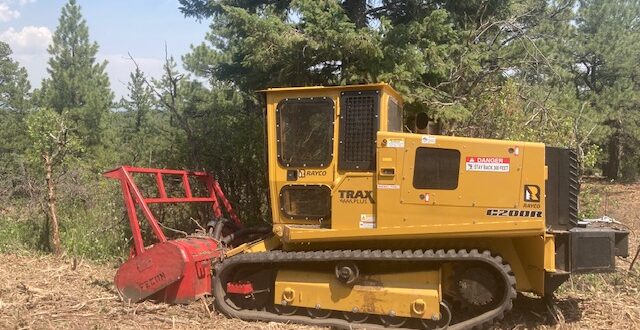Lodgepole pines are not to be confused as ponderosa pines. Yes, they are both a type of pine tree, but they offer different benefits to the wildlife out there. The lodgepole pine is very common throughout the western United States and Canada. Lodgepoles grow tall and straight. The bad news for fire survival is that they have thin barks and shallow roots. This leads to them being more susceptible of death when it comes to fires spreading. And we all hear on the news about wildfires each summer. The Adaptation of Lodgepoles Over the Years All trees in the area have evolved in their own way. Lodgepoles have adapted so that they burn every 200 years or so. This helps
(719) 400-9104
office@coloradomastication.com
Contact us for creating defensible space for your home in Colorado Springs, (719)400-9104. Creating a safety zone close to your home is important. Firefighters often need to pull back when there is a fire. They need to allow the front to pass, and then they will go in and douse the fires where they can. If you have a safety zone a long way away from your home, it’s going to take longer for firefighters to get to it. In fact, you may find that firefighters can’t save your home at all. Here’s what you can do to create a safety zone that’s useful. What Is a Safety Zone? A safety zone is a space for firefighters to pull back.
What is your fire prevention and mitigation plan? Call Colorado Mastication for fire mitigation plan at (719)400-9104. Not all wildfires will lead to complete destruction. However, you’ve seen on the news just how quickly these fires can get out of control. If you’re in a fire-prone area, you’ll be worried about the risks to your home. Research shows that there are ways to minimize the risks to your home in fire-prone areas. With the right materials, buffer zones, and maintenance, you can help increase the chances of your home surviving a wildfire. This isn’t a guarantee, but it is a chance to increase your chances of a home to go back to. Understand How Fires Spread The first thing you


